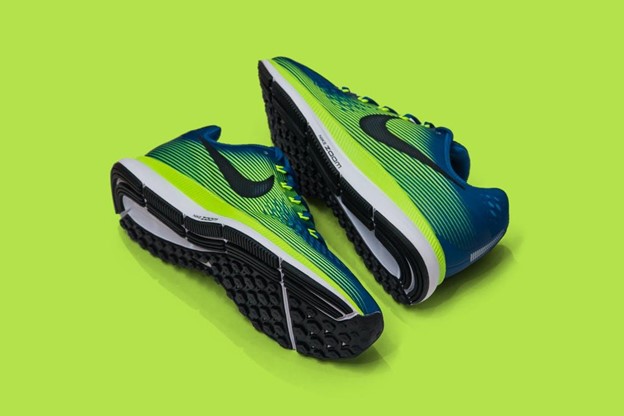Going green is one of the biggest trends of the decade. From recycling initiatives to hybrid engines, companies and individuals are working to decrease our footprint on the earth. While saving this planet might not be the top priority for all of us, we can still follow some stylish steps and make small changes to our routines. So, if you’re looking to improve your fashion while also being eco-friendly, then consider purchasing some eco-friendly running shoes.
Following are a few guidelines on finding an eco-friendly pair of running shoes:
Read the Fine Print
If it says it’s made with “synthetic leather,” you can bet it was made with PVC. Read the fine print to find out what materials were used and where they were made.
Choose the Right Material
Natural fibers are those that come from a plant or animal. Synthetic fibers are made in a factory and include plastic, rubber, and acrylic. Some shoe companies have started using recycled materials such as recycled plastic bottles to make their fabric or recycled rubber tires for their soles.
Is the Material Recycled?
In addition to the eco-friendly properties of your running shoes, consider their overall quality. The higher quality a product is, the more likely it is to last for a long period of time. You can save money in the long run by buying fewer pairs of running shoes.
Is your Shoe Biodegradable or Recyclable?
You might want to consider whether your running shoes are biodegradable or recyclable. Once you throw your old shoes away, they’re going to break down without fail as long as they’re made of natural materials. Recycling may seem like an environmentally friendly option, but it has its limitations.
What is the Manufacturing Process?
If you’re concerned about the environmental impact of your running shoes, your best bet is to stick with brands that have a track record of sustainability and social responsibility. That doesn’t mean you should buy from the most expensive brand; instead, do your research and look for companies that are committed to eco-friendliness. When you’re looking at brands, ask yourself these questions:
- Are factory workers treated fairly? Do they get paid a fair wage? What standards do they set for their factories?
- How are materials sourced? Do they source them locally or import them from across the globe?
- Is production as local as possible? Can products be shipped by ocean rather than air freight to reduce carbon emissions?
- Are manufacturing processes as green as possible (i.e., are railroads used instead of trucks)?
- How transparent is the company about its process and supply chain?
Is it a Local Company?
Buying local is one of the best ways to reduce our impact on the environment. Smaller companies tend to be more environmentally conscious than larger corporations. They’re also often more transparent about their practices. If you’re concerned about a company’s environmental record, don’t hesitate to contact them directly.
How to Dispose of Used Running Shoes
You can donate your running shoes to a resale store or local charity. There are also companies that allow you to mail in shoes for recycling. Nike’s Reuse-a-shoe program accepts shoes of any brand and recycles them into new products such as athletic surfaces, carpets, and underlayment.
Our Final Thoughts
Finding eco-friendly running shoes isn’t always easy, but you can make a more informed decision using these guidelines.
The first one is to choose natural materials over synthetic.
- Synthetic shoes are made of a variety of plastics and manmade materials, which are not biodegradable and may contain harmful chemicals.
- Natural shoes, on the other hand, are made with biodegradable materials.
- These natural fibers break down in landfills much more readily than synthetic materials. They don’t contain toxic substances that will end up leaching into the soil if they’re disposed of improperly.
- Realistically speaking, finding a shoe that’s 100 percent natural isn’t going to happen, but you should look for ones that minimize their dependence on synthetic material

